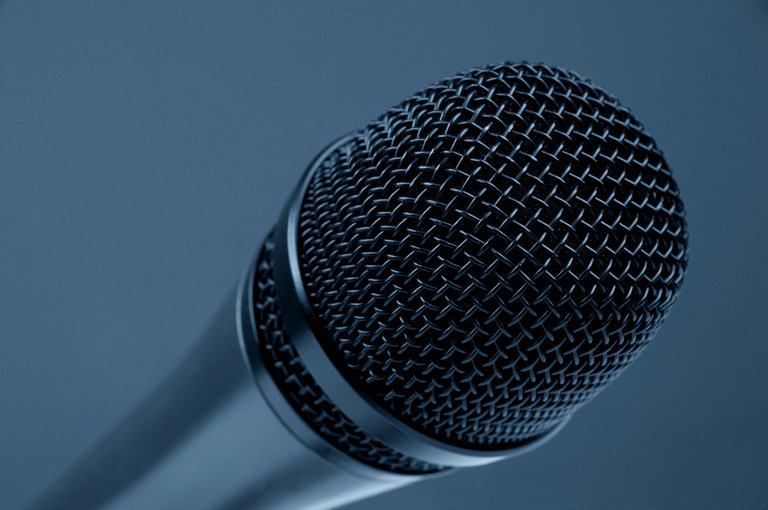Volume Of Work
There's this makeshift view that we should aim for quality more than quantity. In many ways, quality looks like a better or more desired outcome, especially in terms of input, as in the amount of effort we put into something to get something else out of it. Also, it signifies mastery and expertise.
You could also look at it as having more leverage when we aim for quality, getting more for less, so to speak.
Now, ponder on how do we get to this qualitative output? Isn't it through qualitative input? And how does qualitative input come about?
I think the disconnect or unrealized yet obvious part of aiming for quality is that it mostly comes out of quantity. In most practices, be it learning any skill or craft, quantity over time refines itself to quality.
This is not absolute of course, but given enough time and with specific dedication, quality naturally emerges as a byproduct of deliberate and consistent practice.
This may not be a good example but learning to ride a bicycle could help illustrate this concept on a basic level.
Conscious Deliberate Practice
At first, even riding the bicycle for a few minutes is a hassle, not being able to balance our weight and sync with the handlebars and pedals.
Without enough practice, it almost becomes like second nature to ride a bicycle and if you're like me, you'll default to riding with folded hands whenever the opportunity presents itself.
The point is to recognize that quantity precedes quality, and to embrace the process of accumulating experience and knowledge, even if the initial outputs are not as polished or refined.
Now, let's emphasize and acknowledge that simply accumulating hours of work doesn't automatically translate to high quality. Mindless repetition, or "busy work," yields little to no improvement.
For the most part, true progress hinges on deliberate practice, a focused approach that involves identifying weaknesses, seeking constructive feedback, and actively refining techniques.
Without any form of critical self-assessment and adaptation based on that feedback, even significant quantities of effort can result in mediocre outcomes.
Think of a painter who endlessly replicates the same flawed technique over and over again; the quantity of paintings doesn't necessarily improve or solve for the underlying flaw. Quality will only emerge from a conscious process of learning, refinement, and iterative improvement.
On a broad view, I think the balance between quantity and quality is also delicate and nuanced, and different endeavors will require different emphases.
That said, the important thing is to always recognize the value in both - to understand that quantity lays the foundation for quality, and to approach work with patience, persistence, and a willingness to embrace the journey more than just fixated on the destination.
Thanks for reading!! Share your thoughts below on the comments.


The "Quality over Quantity" view often comes into play when people are talking about physical and tangible products. Until now, I'm not sure I've seen anyone apply it to activities. For activities, and ones that involve learning for that matter, "Quality over Quantity" is usually overrriden by "Practice makes Perfect" as you've illustrated with the bicycle example.
Yes, it's more clearly noticeable with tangible things. When it comes to intangible aspects, it's as if this concept is a bit more subtle to observe and requires looking at it from a different lens.
"Practice makes perfect" is another good way of looking at it, purposefully doing anything over a long period of time makes us great at doing it.
Thanks for stopping by :)